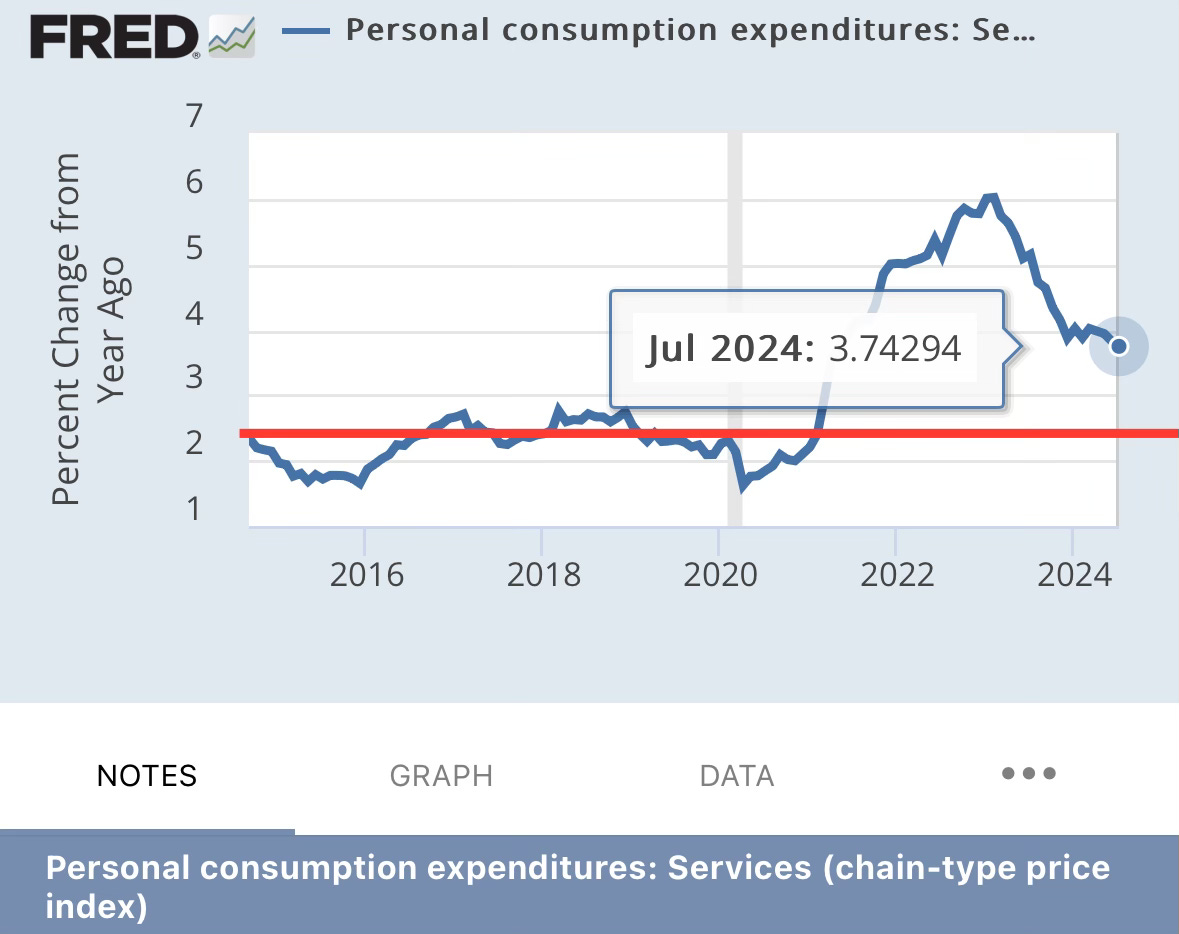Mission Impossible: Federal Reserve’s Task
—Stable Prices, Employment & Stocks If They Choose to Accept
As the summer winds down, the economic data keeps heating up. The latest inflation numbers have landed, with the Federal Reserve’s gauge, the Personal Consumption Expenditures (PCE) index, clocking in at 2.5%, while core PCE edged slightly higher at 2.6%. On the labor front, unemployment rose over the summer but has recently plateaued. Meanwhile, tech earnings have been a mixed bag, with Nvidia’s most recent report triggering a decline in the AI-fueled NASDAQ down -6% from its July highs—a decline we warned about in our previous analysis (CLICK HERE ) of the speculative frenzy in call options surrounding the so-called “Magnificent Seven” tech stocks.
Now, the Federal Reserve faces its most challenging mission yet, if they choose to accept it: restoring price stability by lowering inflation to 2% without triggering a sharp rise in unemployment, and not crashing stocks.
But like the high-stakes maneuvers in the “Mission: Impossible” series, the Fed’s task is fraught with peril, and the lyrics of Imagine Dragons’ “Friction” capture the tension perfectly: “You can’t fight the friction, so ease it off.” The challenge may demand a painful sacrifice in asset prices, with a potential -20% plunge or more in the NASDAQ dragging us another -14% lower from today’s levels. This might be the price the Fed has to pay to achieve stability, as they navigate a dilemma where every move could cause more “friction” in the markets and economy.
Analyzing the Latest Inflation Data
Let’s break down the inflation report and its implications for both Wall Street and Main Street. While the headline PCE came in around 2.5%, service inflation—covering essentials like housing, healthcare, transportation, and even dining out—remains stubbornly high at 3.7%.
This is crucial because services inflation is running nearly 100% above the Fed’s target of 2%. Pre-pandemic, services inflation was steady at around 2.5%. So, to accomplish the Fed’s seemingly impossible mission of reining in inflation, they’ll need to bring down this sticky services number. While many Americans are singing to the Federal Reserve, “Don't tell me to be strong, You can't fight the friction” of inflation.
History tells us this won’t be easy. The only times the Fed has successfully pulled inflation back to 2% after a significant spike were after major stock market declines. In 2000, the NASDAQ’s crashed more than -50% and coincided with inflation returning to target levels in 2001 afterwards.
Similarly, in 2008, inflation didn’t hit 2% until the stock market had plummeted by -50% in the Nasdaq as well, and both instances led to higher unemployment the years following.
Keep reading with a 7-day free trial
Subscribe to The Coastal Journal to keep reading this post and get 7 days of free access to the full post archives.





